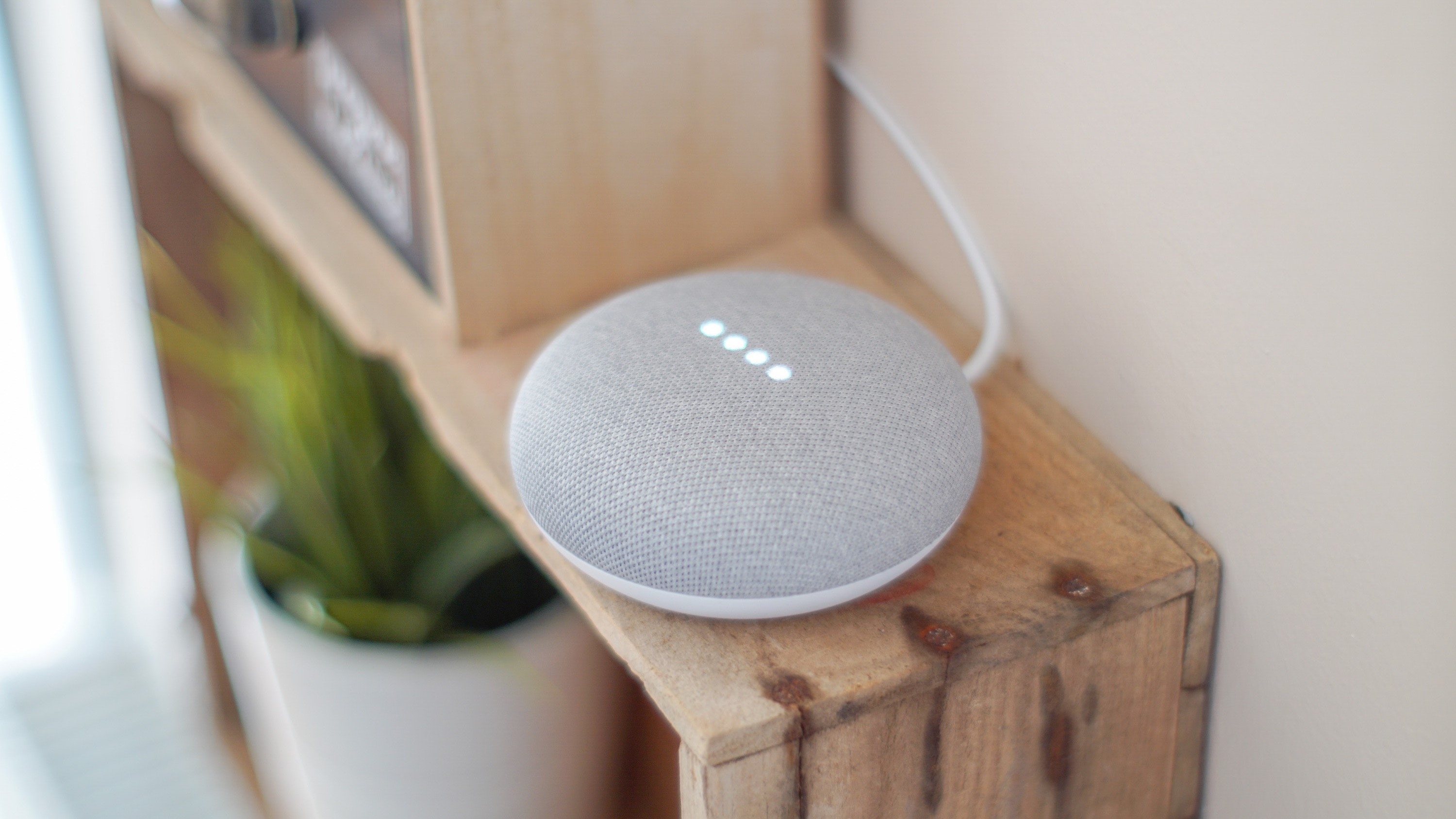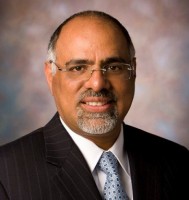Finding your voice in this fast moving digital first world
How can consumers recognize their favorite brands in the age of virtual assistants?

Today, our lives are dominated by screens; big and small, on our desks, in our pockets and even on our wrists. But in a world moving digital at speed, the way we shop, move, interact and transact is changing all the time.
An army of virtual assistants, marching into our homes and lives in the form of smart speakers, bots and much, much more is beginning to challenge the status quo and doing away with screens entirely. 500 million people already use digital assistants and that number is expected to skyrocket to nearly two billion by 2021. Indeed, Gartner predicts that by 2020, 30% of web browsing will be screenless.
But with branding so reliant on visual cues, what happens when the screens go away? How will companies build trust and recognition in the screenless era?
- Google Assistant is coming to Google Maps
- How voice assistants have doomed the remote control
- Microsoft gives up Cortana’s fight against Alexa and Google Assistant
Branding in the age of virtual assistants
Brands need to think about their consumers and how they will help them feel safe and secure in continuing their everyday lives in a brand new, audio led space. Research from Accenture suggests one in five people are avoiding their voice assistants, with 22 per cent reporting they leave the room or lower their voice so the smart speaker can’t hear them. Concerningly, they also found around 28 per cent refused to use the device to make payments. Clearly there is a big trust barrier that needs to be addressed and overcome to pave the way for a voice-based future.
How a brand and business connects in this time of digital disruption takes big, bold and brand new thinking. A radical new approach that will drive connection, while also capturing the hearts, minds and ears of consumers.
Today, more than 80 per cent of the world knows Mastercard’s iconic interlocking circles but as digital real estate continues to drive down the ability for a brand to stand out, it became clear that we needed to consider our brand in a way that had never been done before. It was time to create a comprehensive sonic identity. An identity that will become the sound of Mastercard around the world for the screenless era.
Brand identity through sound
Wherever consumers see, hear, meet Mastercard you will hear the same consistent sound, bringing a new dimension to the way they experience and interact with the brand, in-store, online, at point of sale and across our marketing properties and platforms. Made up of a core melody, a signature or mogo (musical logo) and an acceptance sound, we have created a musical incarnation of our brand that is designed to be global and local, uplifting and discreet all at the same time. This was done in partnership with musicians from across the globe to ensure wherever consumers encounter the new sound of Mastercard in Mumbai or Manchester, New York or New Zealand it is designed to feel relevant to them.
Are you a pro? Subscribe to our newsletter
Sign up to the TechRadar Pro newsletter to get all the top news, opinion, features and guidance your business needs to succeed!
The new sound of Mastercard will be as important a part of our brand DNA as our interlocking circles. The sound will evolve as we do and be constantly enhanced to reflect the myriad cultures and communities we serve.
We’re one of the first to truly find our voice in the fast moving digital-first world, but we know we won’t be the last. It is well understood amongst product and branding teams around the world that sound can trigger emotional responses that influence perception and ultimately determine how the quality of a product is perceived, so others will follow the trail we have blazed as voice accelerates and evolves.
Raja Rajamannar, Chief Marketing & Communications Officer and President, Healthcare at Mastercard
- Speaking of voice, we've also highlighted the best voice recognition software and best speech to text apps
Raja Rajamannar is Chief Marketing & Communications Officer of Mastercard and President of its Healthcare business. He is responsible for building the Mastercard brand, driving business and advancing sustainable competitive edge for the company.
He is a transformative business leader with substantial senior management experience across different geographies around the world. He has managed large-scale businesses at Fortune 500 companies across financial services, consumer-packaged goods and healthcare, including at Unilever, Citigroup, Anthem, and Mastercard.
